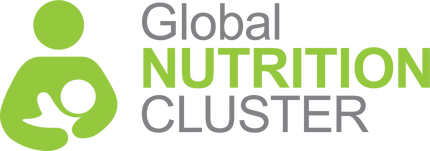Resources
Diarrhoea - why children are still dying and what can be done, UNICEF/WHO 2009
Dremains the second leading cause of death among children under five globally. Nearly one in five child deaths – about 1.5 million ea...
WHO child growth standards and the identification of severe acute malnutrition in infants and children - A Joint Statement by WHO and UNICEF, 2009
This statement presents the recommended cut-offs, summarizes the rationale for their adoption and advocates for their harmonized appli...
Wet nursing: Aid workers in Burma lament late start
General: www.abc.net.au/worldtoday/ Realplayer: rtsp://media1.abc.net.au/reallibrary/audio/twt/200807/20080710-twt-08-b… Transcript: ...
A Toolkit for Addressing Nutrition in Emergency Situations
The basic right to adequate food and nutrition is implicit in any emergency response and is reflected in humanitarian law. The purpose ...
Community-based management of acute malnutrition, WHO, UNICEF, WFP, UNSCN 2007
Severe acute malnutrition remains a major killer of children under five years of age. Until recently, treatment has been restricted to...
Infant Feeding Practices in Binga and Nyaminyami, Zimbabwe in relation to HIV
Talks about 6 months being a critical time; looks at what they are weaning onto now and what the impact is of rapid weaning.
Breastfeeding and complementary feeding: Counselling material, Jordan
Available in Arabic with English translation at the end. Good pictures that could be used elsewhere.




